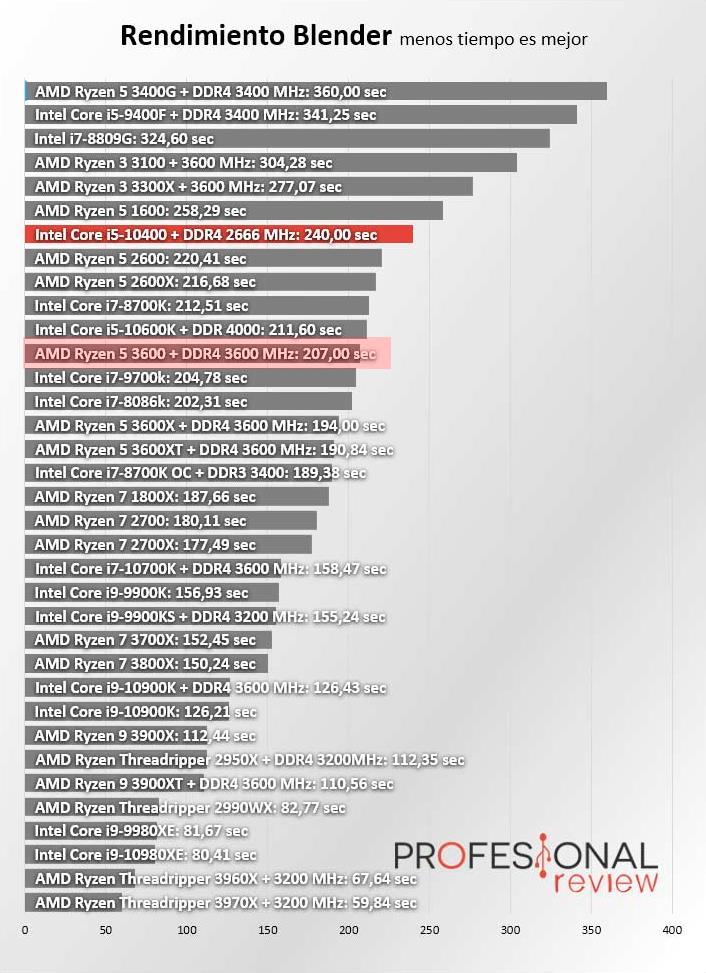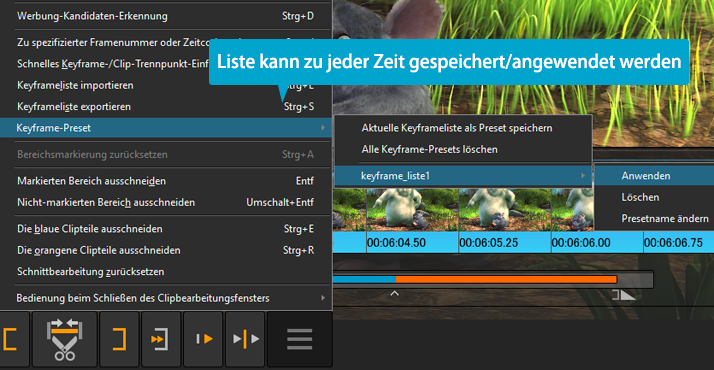
- #INTEL QUICKSYNC AND BLENDER 720P#
- #INTEL QUICKSYNC AND BLENDER PRO#
- #INTEL QUICKSYNC AND BLENDER SOFTWARE#
- #INTEL QUICKSYNC AND BLENDER PLUS#
- #INTEL QUICKSYNC AND BLENDER SERIES#
Most modern games on this card will struggle to run at 1080p.
#INTEL QUICKSYNC AND BLENDER 720P#
We will be performing the tests on 720p Resolution in order to achieve a higher Frame Rate. We usually see a wider difference in Gaming Performance when comparing Dedicated Cards with Integrated ones as compared to the Compute performance.
#INTEL QUICKSYNC AND BLENDER PLUS#
A faster Dual-Channel DDR4 RAM pushes Iris Plus Graphics 655 even ahead of GeForce MX150, which is an entry-level Mobile Graphics Card from Nvidia.Ī low-end Desktop Graphics Card like RX 570 still has a massive lead over it.

This test was performed on Intel NUC8i7BEH. We have another Synthetic Compute test and this one is from PassMark.
#INTEL QUICKSYNC AND BLENDER PRO#
AMD’s Radeon Pro Graphics are found in some MacBook Pro models and they are remarkably faster in Compute performance. While using the Metal API, we have similar results. In Geekbench 5 Compute test using the OpenCL API, the Intel Iris Plus Graphics 655 scores 7,428 points which is slightly better than previous-gen Iris Graphics and superior to the UHD 630 and HD 620.ĪMD’s Integrated Vega Graphics are slightly ahead while low-end dedicated GPUs like RX 560X and RX 570 are significantly faster. Devices such as Intel NUC8i7BEH will perform significantly better due to Dual-Channel LPDDR4 Memory. However, it only has a Single-Channel LPDDR3 Memory. The tests are performed on MacBook which has the Core i7-8569U. So, how does it compare with other Graphics Cards? Let’s find out. This is one of the primary reasons why Dedicated Cards are much faster than Integrated ones. The maximum Graphics Memory it can allocate is 32GB.ĭedicated Graphics Cards from Nvidia & AMD use a much faster and high-bandwidth Memory such as GDDR or HBM (High Bandwidth Memory) which is more suited for Graphical-intensive workloads. It dynamically allocates System Memory (RAM) as its Graphics Memory when required. What is the Video Memory (VRAM) of Iris Plus Graphics 655?īeing an Integrated Graphics, it does not have any VRAM or Graphics Memory of its own. But the maximum frequency varies between 1050 – 1200 MHz for different CPU Models.

Irrespective of the CPU, the base clock of the GPU in all devices is 300 MHz. As the performance of Integrated Graphics is severely limited by the System RAM, the DDR4 devices will have significantly better graphics performance than the LPDDR3 ones. You can connect up to 3 Monitors at a time but this also requires 3 output ports (HDMI/VGA/Display Port/DVI/USB-C/Thunderbolt 3) on your Laptop/PC.Īll the CPUs with this Integrated Graphics have support for both LPDDR3 & DDR4 RAM and this has a significant impact on the performance. This cache is one of the primary reasons that make Iris Graphics faster than HD and UHD Series.ĤK Display is also supported so you can connect your MacBook or Mini-PC to an external 4K display. It has 128 MB Cache which is twice that of Iris Graphics 650 & 640.
#INTEL QUICKSYNC AND BLENDER SERIES#
Like other GPUs in Intel Iris Series, this one has eDRAM Cache which Intel HD & UHD Series Graphics lack. It has 48 Execution units, the same as the Iris Plus 650, 645, and 640 and twice that of UHD 630. The Iris Plus 655 is Intel’s GT3e Tier GPU which places it a notch above the UHD Graphics 620 & 630.

#INTEL QUICKSYNC AND BLENDER SOFTWARE#
Even though the resultant Video Quality after using Hardware Encoding isn’t on the same level as H.264 Software Encoding, it is still acceptable to most people. Just like other Intel iGPUs, the Iris Plus Graphics 655 has the QuickSync feature which uses Hardware Encoding and reduces the export times significantly in Video Editing applications like Adobe Premiere and Final Cut Pro. But if you’re just a casual user who needs a computer for Office Work, Entertainment, Light Gaming, and Browsing, go with an Integrated one. If you’re into Editing, Heavy-Gaming, or use programs that can take advantage of a Powerful GPU, I’ll recommend a dedicated GPU. This allows the user to balance high-performance and power-efficiency. *Some Laptops have both Integrated and Dedicated GPUs and it is possible to switch between them. But if your tasks can’t take advantage of a discrete card (such as Office Programs), you’re better off with an Integrated one. Wa_cq_url: "/content/If the application that you use can take advantage of a powerful GPU, you will observe a significant improvement in performance. Wa_english_title: "Intel® Quick Sync Video", Wa_emt_org: "emtorganizationalstructure:dpgdataplatformsgroup", Wa_rintelproduct: "rintelproduct:processors/mobileprocessors", Wa_emttechnology: "emttechnology:inteltechnologies/intelgraphicsandvisualtechnologies/intelquicksyncvideo", Wa_emtcontenttype: "emtcontenttype:donotuse/webpage/article",


 0 kommentar(er)
0 kommentar(er)
